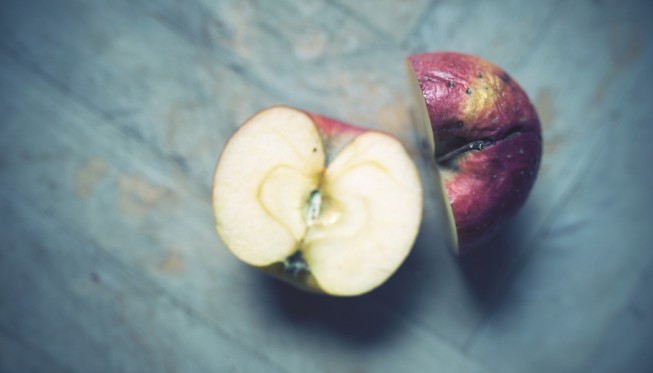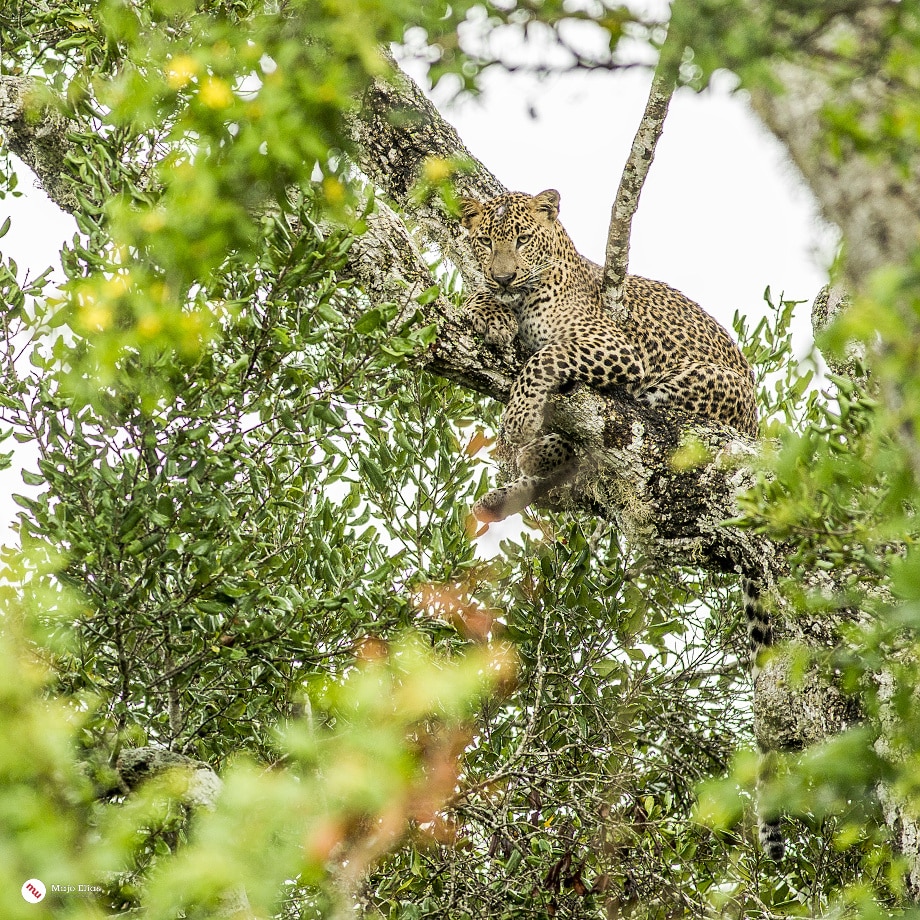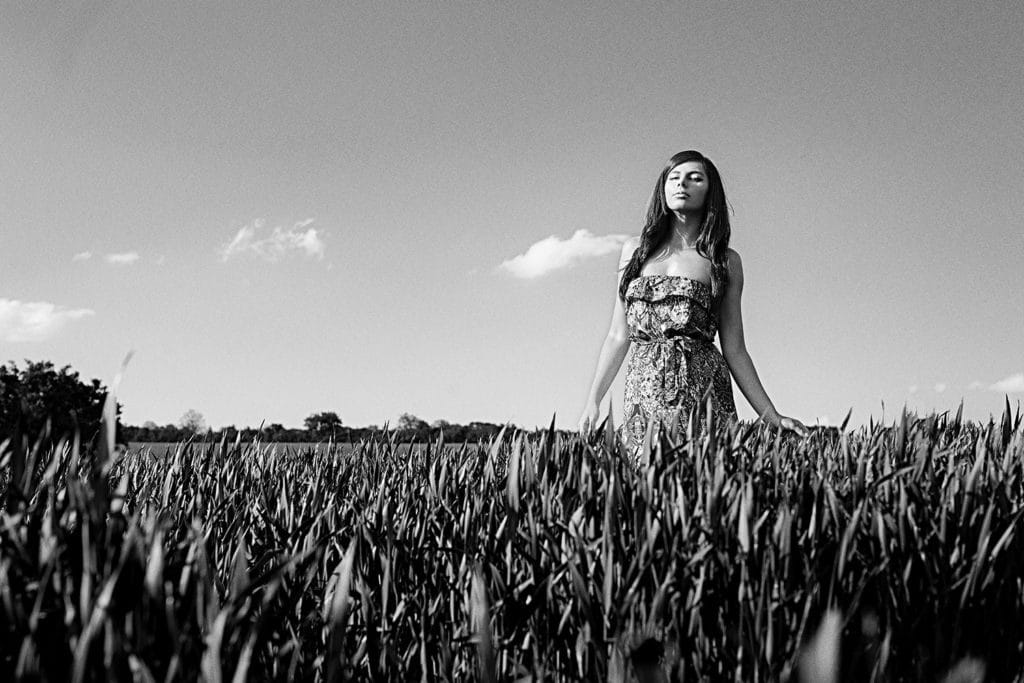What Can a Photographer Do in Winter?

Good light is the foundation of photography. And in winter, photographers don’t get much good light—so they have more time available for other activities. Wondering how to spend the extra time that winter frees up? Read on for a few tips on exactly that.
Winter is definitely not photographer-friendly, since the sun sets too early, leaving not too much time for taking pictures under natural light. And if you happen to do outdoor model photography, then there’s also the fact that the weather’s too cold. Models can’t hold a pose for long in the winter—unless they’re being photographed in winter clothing. But that isn’t as photogenic as summer clothing.
Photograph Winter Landscapes!
If there are any photographers that do look forward to winter, it’s landscape photographers. Wintertime makes nature look completely different. Snowy fields and meadows are an ideal opportunity to take original pictures that are impossible to take in summer.
So if you want to get better at photography, then head out and photograph the landscape taking its winter nap. For inspiration, you can turn to things like our selections of the best photos on Zonerama.
Shoot Indoors
The winter is also a lot more “survivable” for photographers who do primarily studio work. They have roughly the same conditions year-round; the weather outside doesn’t affect them.
If you haven’t tried working in a studio yet, then winter is an ideal opportunity to rent one for a couple of hours and perfect your technique when it comes to setting up lights or to taking portrait photos.
When doing portraits, give your subject time to get acclimated after they come in from the cold. That way you won’t have to do complicated retouching of spotty skin on their hands, nose, and cheeks.

But besides only studios, in winter you can also shoot in any indoor environment. There are many opportunities; you just have to find the ideal one. For example, head out with a model to a mall or café and perfect your portrait photography technique there.
But keep in mind that most interiors, unlike studios, have highly variable light. The natural outdoor light may get mixed in with artificial indoor light, including lighting that you’ve brought with you for the shoot. Each of these light sources may have a different color temperature, so before the shoot begins, do white balancing using a gray card.
When using natural light, plan your indoor photography for the morning hours. Don’t leave it for noon or afternoon, since the sun sets early. Already around 3 p.m. there’s a critical lack of light that will force you to reach for your flash or raise the ISO. The ideal time of day to start your winter indoor photography is around 9 a.m.

Travel
You can take summery photos even in winter—you just need to travel out to summery places. Look through the various travel and photography blogs and pick the region that attracts you the most, then goes there. You can photograph things like landscapes, cities, or the locals.

Take a New Look at Old Photos
Wintertime is also an ideal time to go back over your old photos. You can clean out your archive, edit your pictures, select the best ones for printing, or prepare and present a slideshow of your best photos from the whole preceding year.
Go back to your old photos and, with the benefit of hindsight, evaluate their quality and learn from any mistakes you’ve made.

Learn New Things
Take advantage of the long winter nights for self-education. Read various articles and books on photography, learn new photo edits, or discover and experiment with new photographic techniques. You may also find photographic workshops with professionals to be a valuable experience.
Evaluate the Past, Plan the Future
Don’t forget to also analyze your last photographic season. You can even use tables and graphs for this—they don’t bite. Learn which photos your clients like the most. Then use that as a foundation and create a plan and a strategy for your next season.
Seize the Day
Even though winter may seem like a useless period for photographers, the opposite is true. The “dead” time is really just free time. There are many things that you can do with it. And which activities you pick are fully up to you.

There are no comments yet.